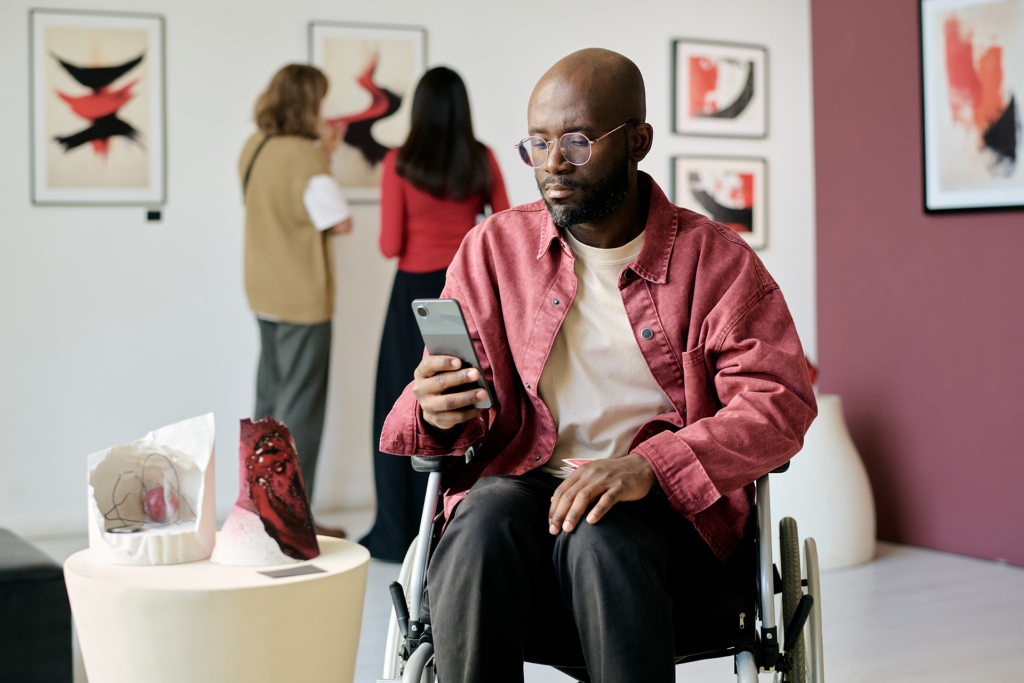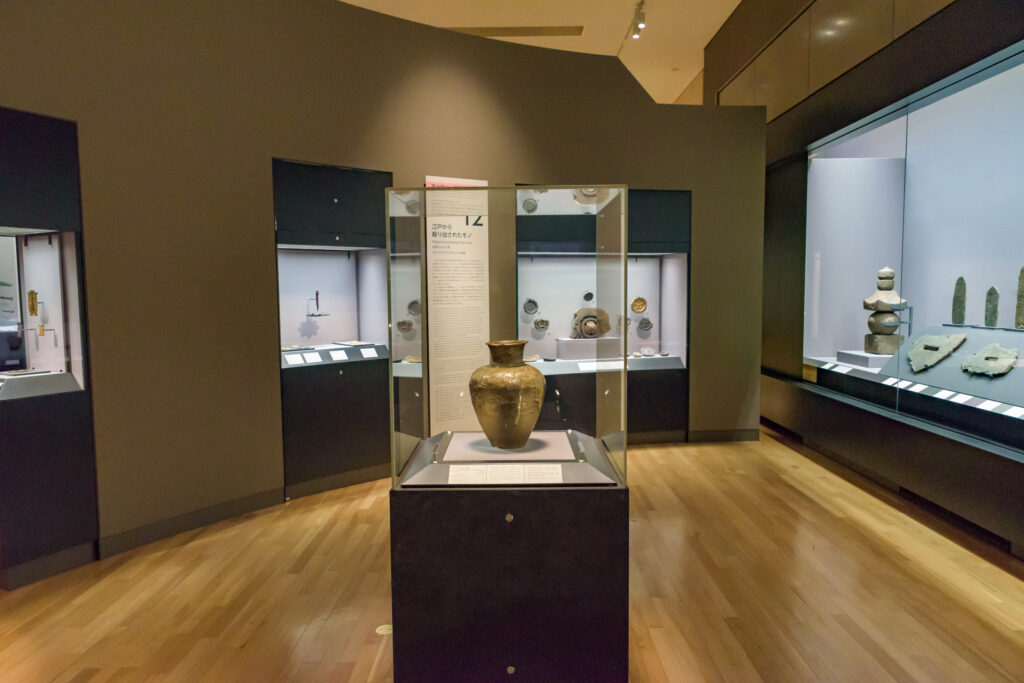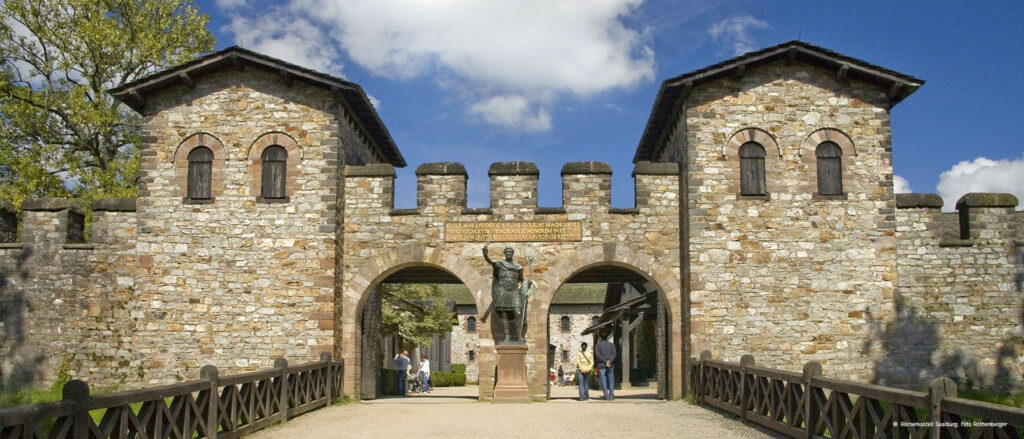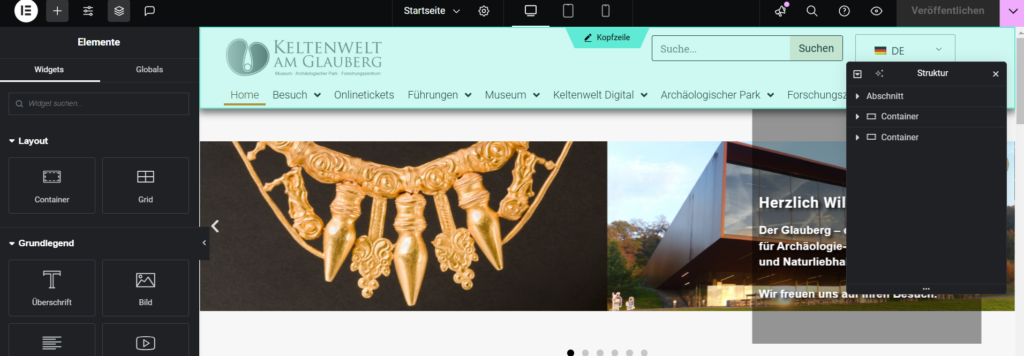In an era where technology intertwines seamlessly with daily life, the realm of education and entertainment—edutainment—stands on the brink of revolutionary change. Augmented Reality (AR) emerges as a powerful tool, breathing life into the whispers of the past and offering immersive experiences that were once the stuff of imagination. This convergence of technology and history opens new avenues for museums and archaeological parks to engage visitors, enrich learning, and preserve cultural heritage.
The Dawn of a New Educational Era
Advancements in technology have always played a pivotal role in shaping educational methodologies. Today, with the ubiquity of powerful, network-capable mobile devices and widespread internet access, we stand at a unique crossroads. The potential to redefine media presentation and consumption in educational settings has never been greater. By leveraging visitors’ personal devices, museums and parks can sidestep the need for costly, static hardware installations, offering dynamic, adaptable, and expandable content instead.
Augmented Reality: A Gateway to the Past
Augmented Reality overlays digital information onto the real world, enhancing the user’s perception and interaction with their environment. In the context of archaeological parks, AR serves as a window through time, reconstructing ancient artifacts, buildings, and landscapes that no longer exist or are inaccessible. Whether it’s a lost artifact housed in a distant museum, a structure too fragile to be physically replicated, or a hypothetical reconstruction based on archaeological findings, AR makes the invisible visible.
Case Study: Reimagining History in Archaeological Spaces
At renowned archaeological sites around the world, the potential to enhance visitor engagement through AR is immense. With detailed 3D reconstructions of ancient structures already developed by universities and research institutions, integrating AR technology stands as a natural next step.
Objective: To enable visitors to experience detailed 3D reconstructions directly within archaeological parks, providing an immersive, user-friendly, and realistic portrayal of historical structures at their hypothesized locations.
Implementation Strategy:
- Web-App vs. Mobile App:
- Web-App Advantage: Eliminates the need for visitors to download and install applications, reducing barriers to engagement. Web-based AR is cost-effective, easily maintainable, and instantly accessible through ubiquitous mobile browsers.
- Compatibility: Ensuring the chosen framework is compatible with all major mobile browsers to maximize reach.
- Technological Requirements:
- Simultaneous Localization and Mapping (SLAM): Essential for accurately anchoring virtual objects to real-world surfaces, allowing visitors to move around and view 3D models from any angle.
- Location-Based AR: Utilizing GPS technology to position reconstructions accurately in the physical space of the park.
Selecting the Right Framework
Choosing an appropriate AR framework is crucial for balancing functionality, user experience, and development efficiency. After thorough analysis and prototyping with various frameworks, including AR.js, AWS Sumerian, Zappar, Blippar, and 8th Wall, the latter emerged as the optimal solution.
8th Wall:
- Advantages:
- Robust SLAM technology ensures stable and precise placement of 3D models.
- Supports location-based AR through Niantic’s Lightship VPS, enhancing the accuracy of object placement using a global 3D mesh of GPS data.
- Developer-friendly cloud editor and compatibility with standard JavaScript libraries facilitate efficient development.
- Considerations:
- Offers a non-profit/museum plan at a competitive price point, making it financially viable for educational institutions.
Bringing History to Life: Practical Implementation
Step 1: Infrastructure Preparation
- Stable Internet Connectivity: Ensuring high-speed internet throughout the park to allow quick loading of AR content.
- Access Points: Installing markers, such as QR codes, at strategic locations for visitors to initiate the AR experience.
Step 2: User Experience Design
- Seamless Activation: Visitors scan a QR code, launching the AR web application without the need for downloads.
- Interactive Engagement: Users tap on designated points through their device’s camera to anchor and visualize the 3D reconstructions.
- Immersive Navigation: By incorporating GPS-guided maps, visitors can explore the park, discovering AR content at various locations, similar to popular location-based games like Pokémon GO.
Step 3: Enhancing the Experience
- AR Portals to VR Experiences: Creating virtual gateways that transport users into fully realized environments, allowing them to explore interior spaces or detailed scenarios that deepen their understanding of the historical context.
- Educational Layering: Integrating informational hotspots, audio guides, and interactive elements within the AR models to provide a rich, educational narrative.
Benefits for Visitors and Institutions
For Visitors:
- Enhanced Understanding: Visualizing reconstructions in situ aids in comprehending the scale, design, and significance of historical structures.
- Engagement and Retention: Interactive experiences foster greater interest and memory retention compared to traditional passive observation.
- Accessibility: AR can accommodate various learning styles and overcome physical accessibility barriers inherent in exploring archaeological sites.
For Museums and Parks:
- Cost-Effective Solutions: Utilizing visitors’ devices reduces the need for expensive hardware and static displays.
- Adaptive Content: Digital reconstructions can be easily updated, expanded, or modified without physical alterations to the site.
- Attracting New Audiences: Innovative technology appeals to a broader demographic, including younger visitors and tech enthusiasts.
Overcoming Challenges
Implementing AR in archaeological parks does come with challenges that must be addressed:
- Technical Limitations: Ensuring compatibility across different devices and browsers requires diligent testing and optimization.
- Accuracy of Reconstructions: Collaborating with historians and archaeologists is vital to create accurate and meaningful representations.
- User Experience: Striking a balance between technological novelty and intuitive usability is key to a successful deployment.
Looking Ahead: The Future of AR in Cultural Heritage
The integration of Augmented Reality into museums and archaeological parks marks a significant step towards interactive and personalized educational experiences. As technology advances, the potential for even more immersive and engaging content grows exponentially.
Emerging Opportunities:
- Community Involvement: Encouraging visitors to participate in content creation or feedback can foster a sense of ownership and connection.
- Interdisciplinary Collaboration: Merging AR with other technologies like Artificial Intelligence (AI) can create adaptive learning environments.
- Global Accessibility: Virtual tours and AR experiences can be extended beyond physical locations, allowing remote visitors to explore cultural heritage sites from anywhere in the world.
Conclusion
Augmented Reality stands as a bridge between the ancient and the modern, offering unprecedented opportunities to explore and appreciate our rich cultural history. Projects like the proposed AR experiences in archaeological parks exemplify how technology can enhance educational outcomes while providing unforgettable experiences.
By thoughtfully integrating AR into archaeological parks and museums, we not only preserve the stories of the past but also inspire future generations to discover, learn, and engage with the world around them in innovative ways.
Discover the possibilities of Augmented Reality for your institution. Let’s embark on a journey through time, together.
If you’re interested in exploring AR solutions or have any questions about implementing such technologies in your museum or park, feel free to reach out. We’re here to help you unlock the full potential of immersive, educational experiences.






